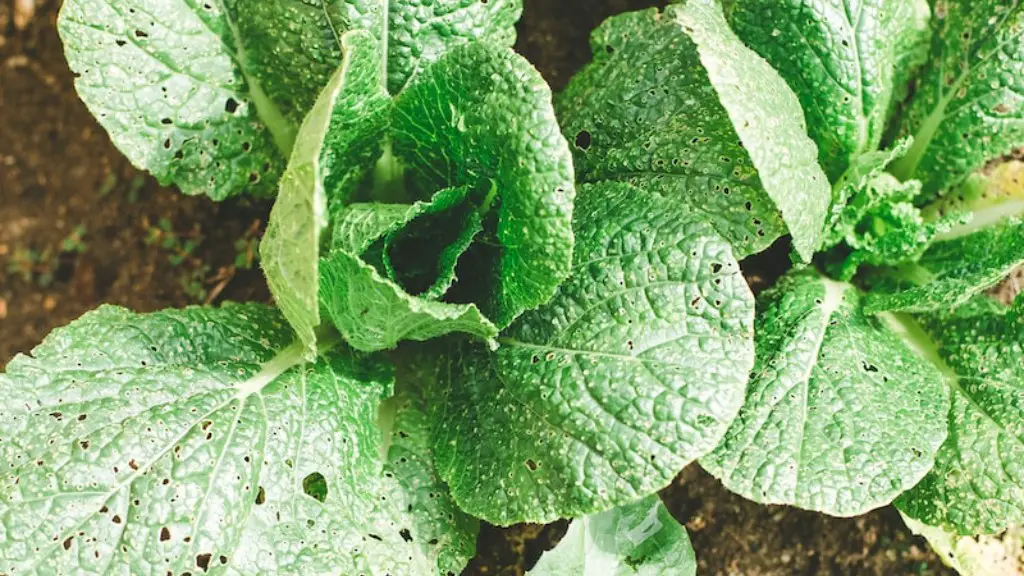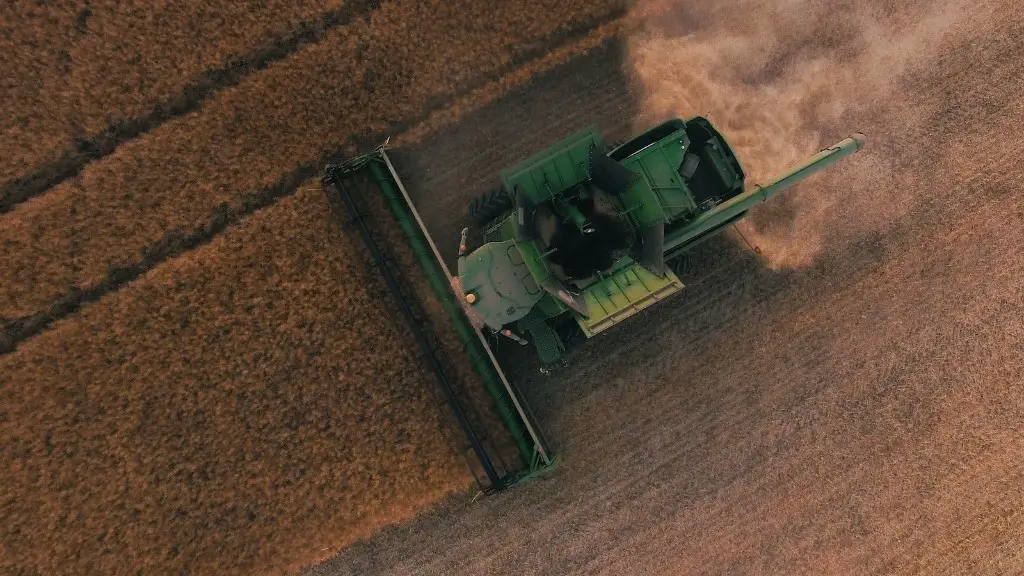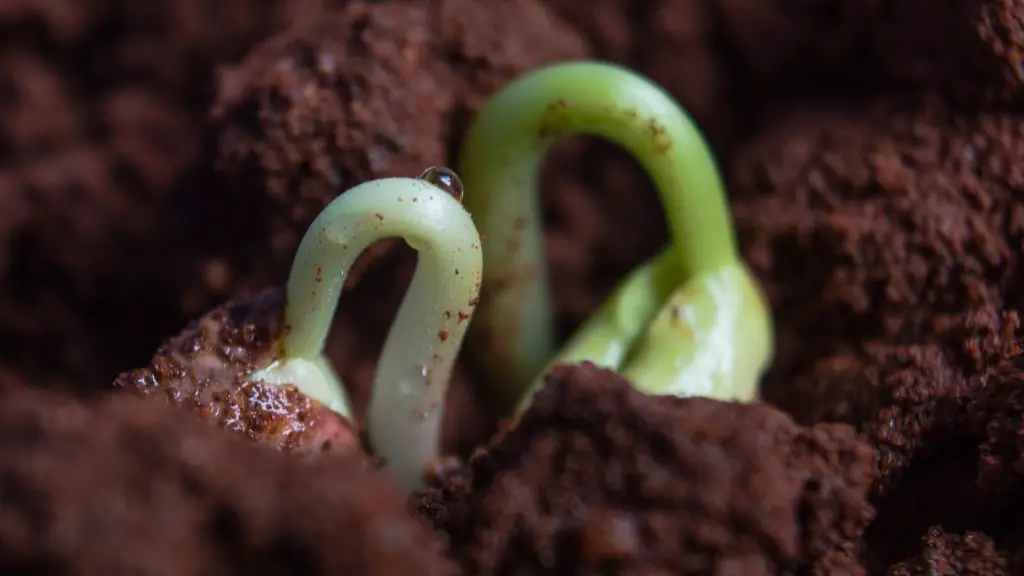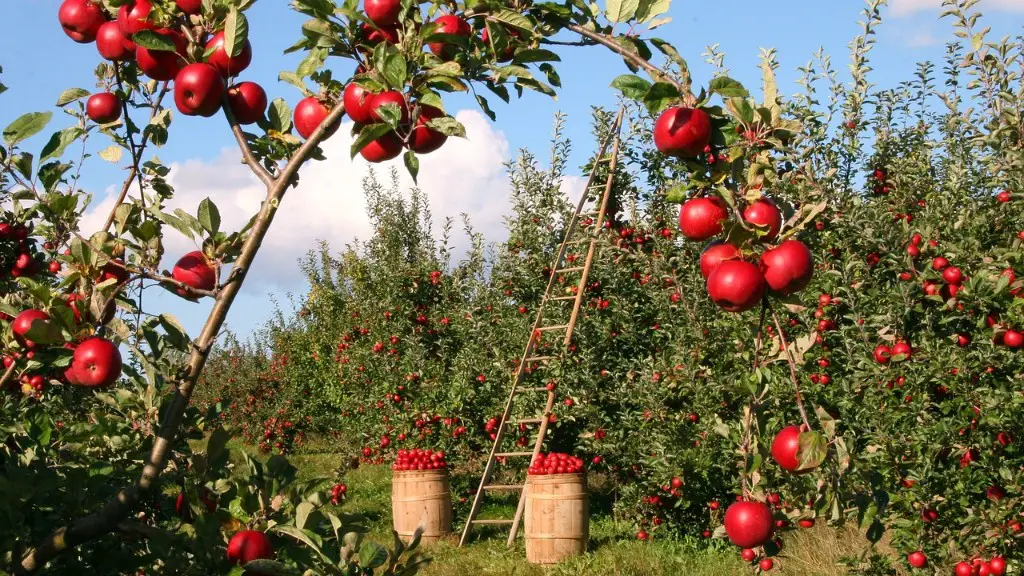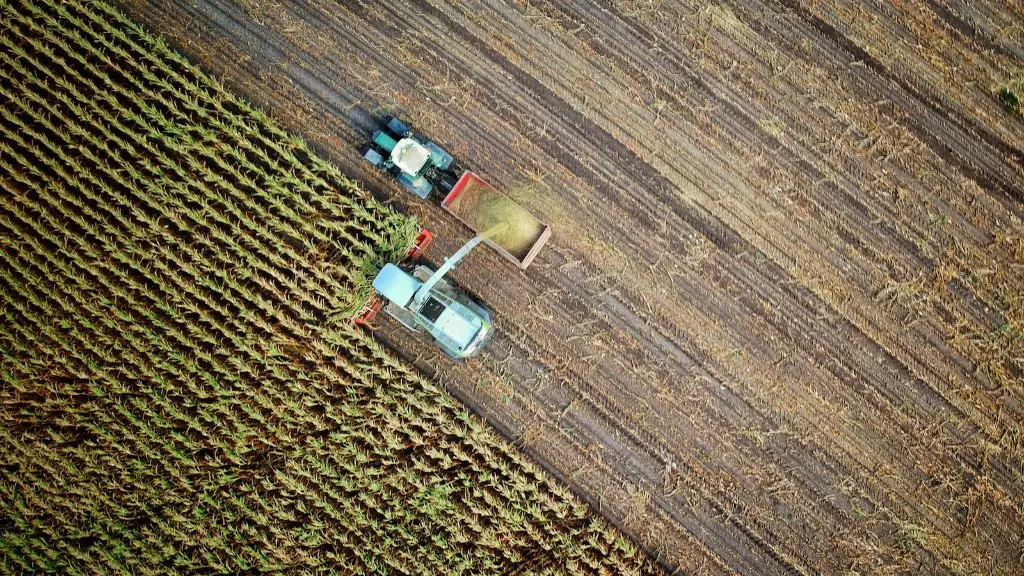Propagation is the process of increasing the number of crop plants through their vegetative reproduction. It is an important tool for sustainable agronomy and boosting food production. The process involves growing plants from cuttings and other reproductive parts, such as leaves, roots, or stems. Depending on the crop, a specific propagation technique is used to ensure successful cultivation and yield. Propagation involves harvesting cultivated plants or agricultural materials and then replanting them or cultivating them under exact conditions. It is usually used to replicate desirable cultivars or strains that cannot easily be produced through traditional crop breeding.
The most common type of propagation in agriculture is clonally propagated plants. This involves taking cuttings from existing plants, such as from the leaves, stems, or roots. These cuttings can then be placed in a propagation medium and then nurtured in certain conditions until they are ready to be planted in the field. Clonal propagation is advantageous in that it allows them to replicate a crop’s desirable traits without the need for cross-breeding or the use of chemicals. In addition, it is a cost-effective way to increase crop production without investing in cross-breeding or chemical treatments.
Propagation is also used to regenerate or produce new crops. This is done by taking cuttings from existing crops and using them to produce new cultivars or strains that are more suited to local growing conditions. The new cultivars are produced by either genetic manipulation or cross-breeding. In some cases, propagation techniques can also be used to produce more resistant or tolerant to certain plant diseases. As such, propogation is an invaluable tool for creating crops that can withstand environmental changes and other potential threats.
Another type of propagation involves the propagation of grafted plants. This involves taking stem cuttings from one plant and then grafting it onto another plant. Grafting is most commonly used for fruit trees, and it allows for higher yields due to the combination of qualities from both plants. The process of grafting involves cutting or trimming the stem of both plants and then connecting them together. After the grafting process is complete, the plants can then be propagated by growing the cutting in a certain medium and nurturing it until it is ready to be planted in the field.
Propagation is an essential tool for sustainable agronomy and food production. It allows for the replication of desirable traits and the production of new cultivars. It is also an effective way to increase crop production without investing in costly cross-breeding or fertilisers. Furthermore, it is a cost-effective way to regenerate lost or damaged crops, as well as to produce new crops that are more resistant to environmental changes.
The Benefits of Propagation In Agriculture
Propagation is a beneficial tool for sustainable agriculture, as it allows for a wide range of crop varieties to be produced at a lower cost compared to other crop breeding methods. In addition, it can help farmers and producers increase their yields, reduce their inputs and enable them to experiment more with different varieties of crops.
Propagation has numerous advantages compared to seed propagation, such as being more reliable and efficient. Cuttings are easier to manage than seeds and do not require the same level of care and attention. Additionally, plants produced through the propagation process tend to be healthier and hardier than their seed-produced counterparts. In addition, it is also much quicker, as it is possible to propagate hundreds of plants in a much shorter space of time compared to traditional crop breeding methods.
Propagation has also been effective in producing pest- and disease-resistant plants. This is because different varieties of plants are crossed together, meaning that they can produce offspring that are resistant to some diseases or insects. Additionally, plants produced through the propagation process tend to be more hardy and resistant to environmental changes than their seed-produced counterparts.
Finally, propagation is an environmentally friendly way to produce new crop varieties, as it does not require the use of chemical fertilizer or other inputs. This means that farmers do not have to spend time and money on acquiring inputs and can instead focus on producing a greater yield of higher quality crops.
Different Types of Propagation In Agriculture
There are several different types of propagation techniques used in agriculture. The most common type is clonal propagation, which involves taking cuttings from existing plants and then planting them in a medium where they can be nurtured and prepared before being planted in the field. Another type is grafting, which is primarily used for producing fruit trees. In addition, propagation can also be used to produce insect- or disease-resistant crops, as well as to produce new cultivars.
Clonal propagation is generally easier and less labor intensive as compared to other propagation methods. It is also cost-effective, as it eliminates the need for expensive inputs, such as pesticides and fertilisers. Additionally, clonal propagation does not require the use of genetic engineering, which can be expensive and time-consuming. However, it is important to note that clonal cuttings must be taken from the same plant, which means producers must have access to a large number of plants from which to take the cuttings.
Grafting involves taking stem cuttings from two different plants and then grafting them together in order to produce hardier and more resistance plants. This method is often used for fruit trees, as the combination of characteristics from both plants often produces a product of higher quality. Grafting is also more precise than clonal propagation, as the same process can be used multiple times in order to increase the yield of the desired variety.
Propagation is also used to produce genetic mutants, as well as to produce new cultivars through cross-breeding. Genetic mutants are produced through the use of a mutagenic agent, whereas cross-breeding involves taking cuttings from two different plants and then planting them together. Propagation can also be used to investigate and experiment with different varieties of crops, allowing farmers to increase their yields and produce higher quality crops.
The Challenges Of Propagation In Agriculture
Although propagation can be a very useful tool for sustainable agriculture, it can also come with certain challenges. For instance, while propagation can be a cost-effective way to increase crop production, it can be labor intensive and time-consuming. Additionally, it is important to note that cuttings must be taken from the same plant in order to ensure successful propagation. As such, producers must have access to a large number of plants in order to take the cuttings, which can be expensive and limiting in certain cases.
Another challenge associated with propagation is that crops grown from cuttings can take longer to mature than crops grown from seed. This can be an issue as it can reduce the number of crops that can be planted within a given time frame and thus reduce productivity. Additionally, when propagating disease-resistant crops, it is important to note that not all cultivars will produce offspring that are resistant to the disease in question.
Finally, it is important to note that there is always a risk of contamination when propagating crops. This is because the propagation process involves introducing foreign material into a production system, which can potentially impact the yield of the crop in question. Furthermore, it is important to note that certain propagation methods, such as grafting, can be difficult to manage and therefore require a higher level of skill and knowledge in order to ensure successful propagation.
Conclusion
Propagation is an important tool for sustainable agriculture and food production. It allows for the replication of desirable traits and the production of new cultivars. It is also cost-effective and environmentally friendly, as it does not require the use of chemical fertilisers or other inputs. However, it is important to note that propagation can also come with certain challenges, such as the risk of contamination and the need for a larger number of plants from which to take the cuttings.
